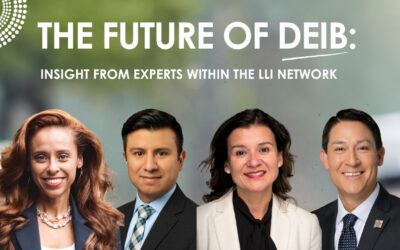On April 20, 2023 in Los Angeles, CA, Joelle Martinez delivered a dynamic keynote speech during the Sports Business Journal: All In Conference on unlocking Latino potential.
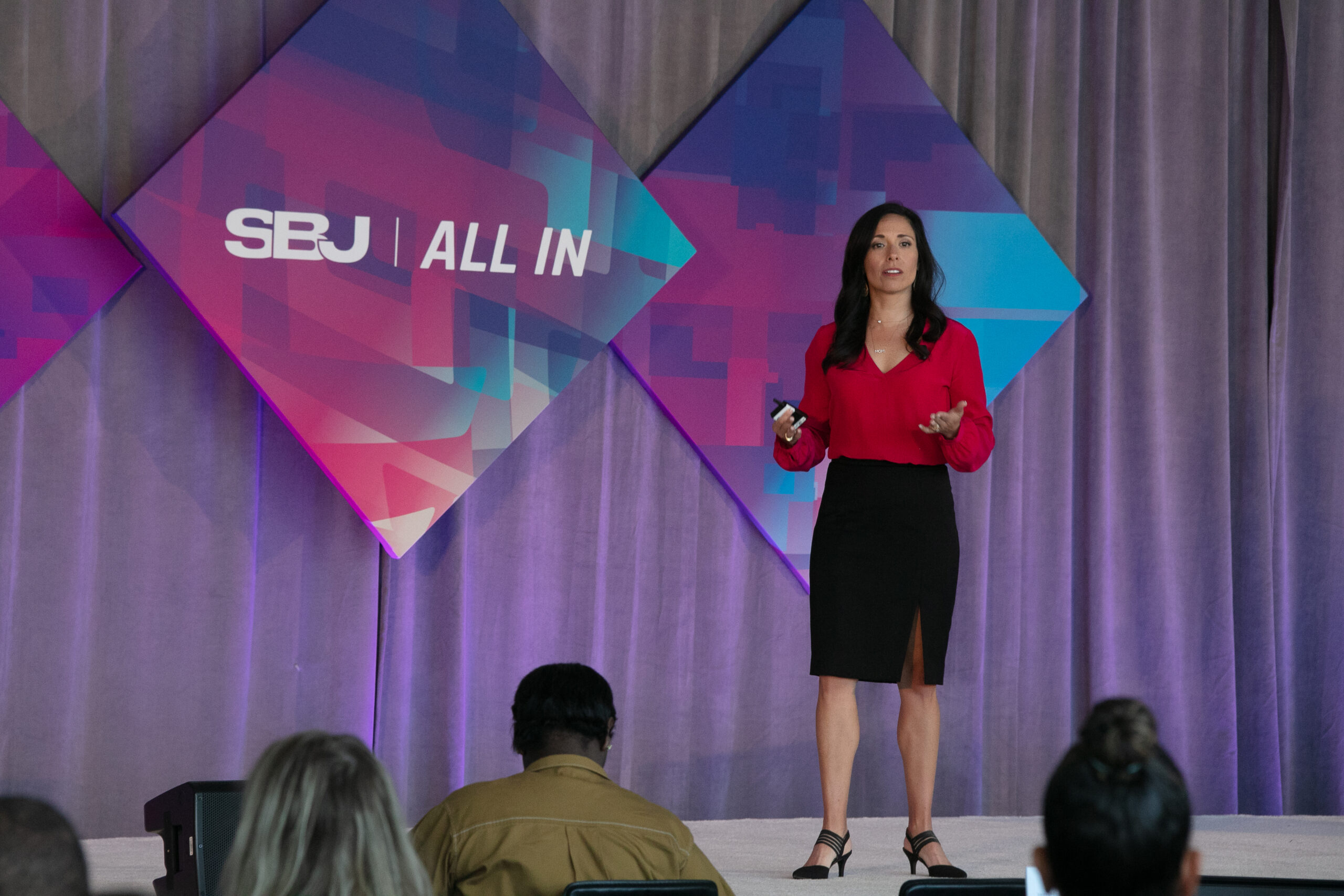
Photo: Tony Florez/ April 2023
Combining data, personal narratives, and actionable solutions, she called upon her audience of sports business journalists and leaders to provide increased access and opportunities for Latinos to occupy elevated roles within sports organizations.
The Latino leadership gap within the sports industry is one example of the underrepresentation of Latinos in positions of authority and influence across the American workforce. In fact, the number of Latino executives, general managers, and head coaches is alarmingly low when considering all professional sports combined.
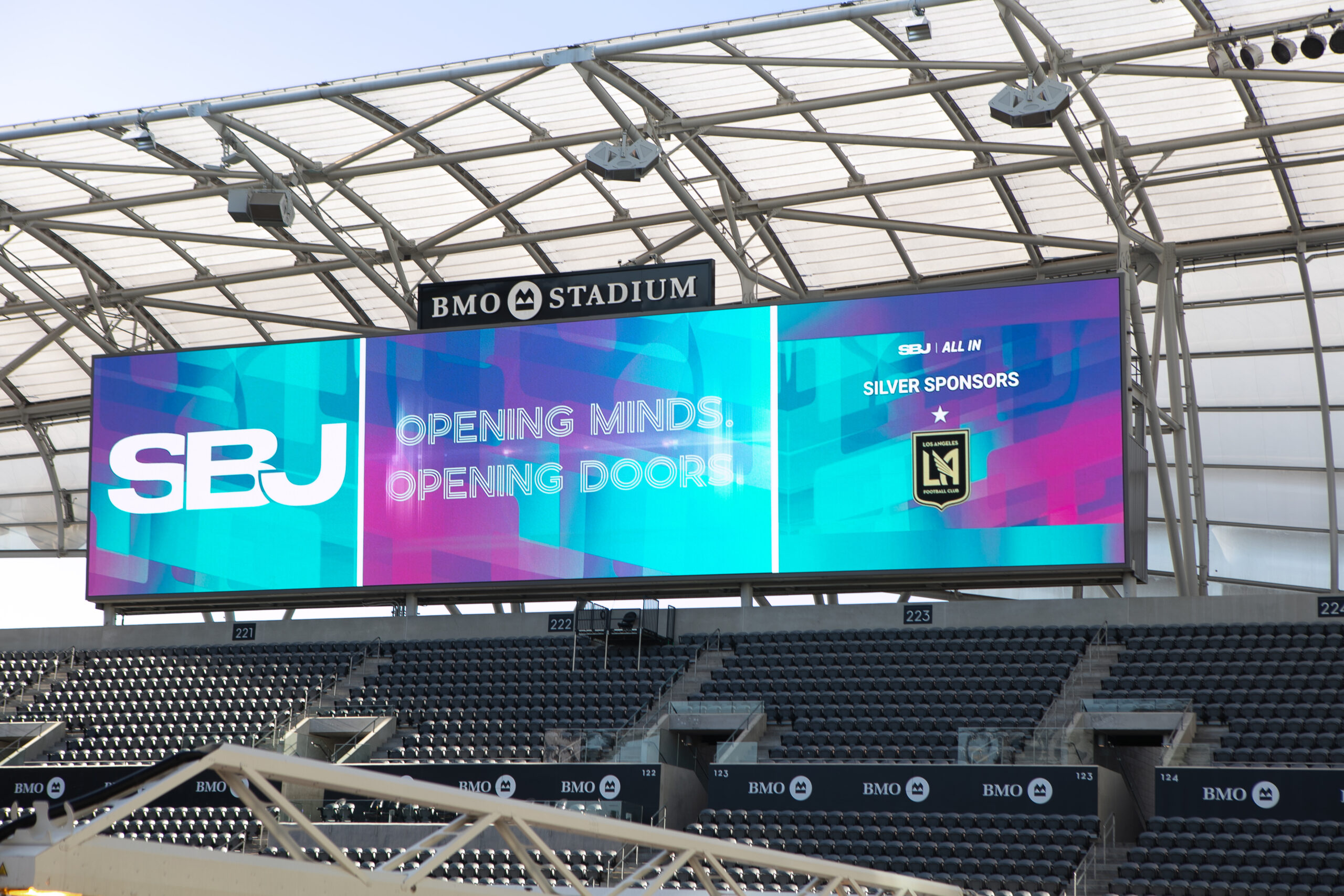
Photo: Tony Florez/ April 2023
Some Context: Sports Have Historically Been a Catalyst for Social Change
Roberto Clemente, an immigrant from Puerto Rico, faced numerous challenges when he was drafted to play Major League Baseball where the training facilities were in the segregated South. Despite facing discrimination, Clemente used his platform to demand change and challenge the prevailing narratives surrounding ballplayers of color.
His efforts brought about significant transformations within professional baseball and helped establish a tradition of athletes leveraging their platforms to address societal issues of equity and justice.
Why This Matters
Clemente did this at a time when the Latino population was just a fragment of the population. But it mattered then as much as it matters now.
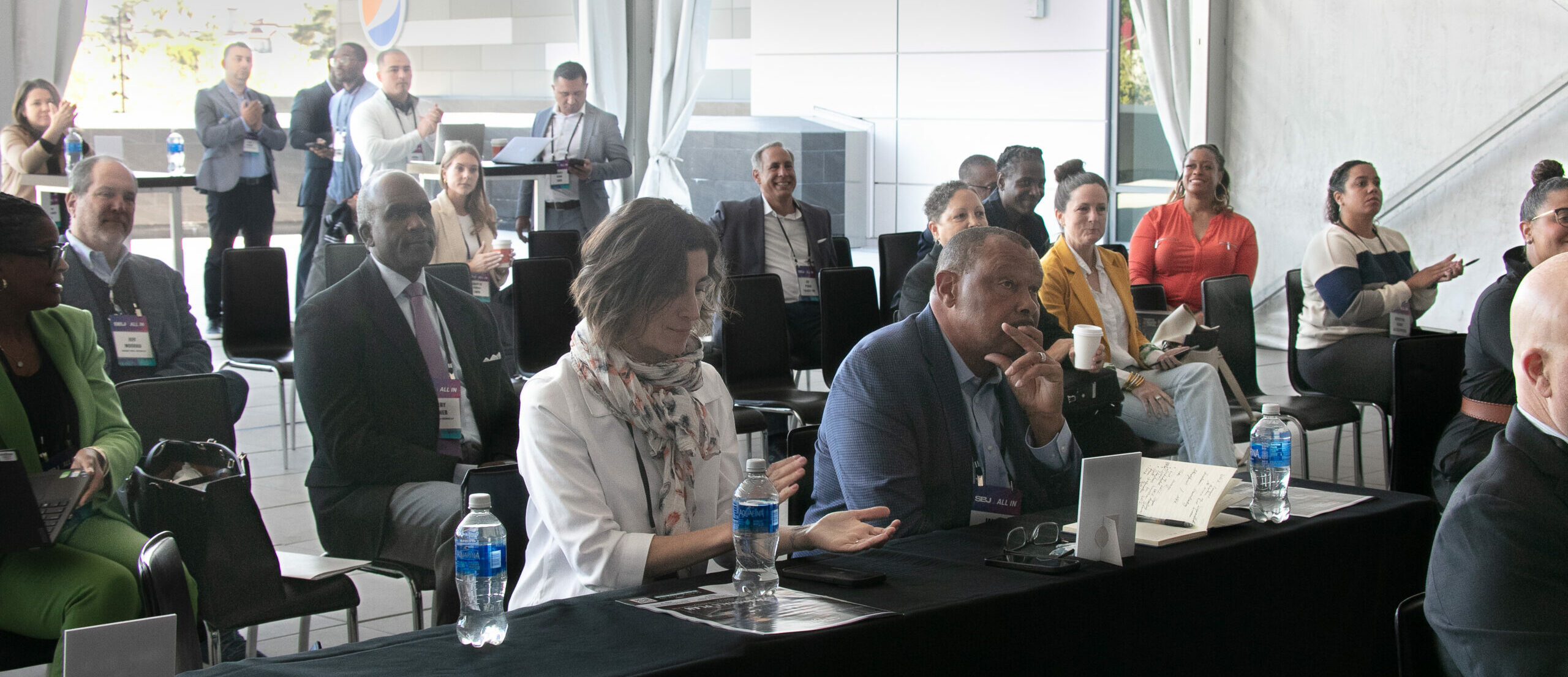
Photo: Tony Florez/ April 2023
More Context: Latinos Are Nearly Invisible in Sports Leadership, but Are Among the Largest Consumers of U.S. Professional Sports
Latino men are some of the most loyal fans, and they are twice as likely to attend sporting events at least once per week. However, the representation of Latinos as a whole, both as professional athletes and executives, is often as low as one to four percent within these organizations. This means that while they avidly support the sports industry financially, they are underrepresented in positions of influence.
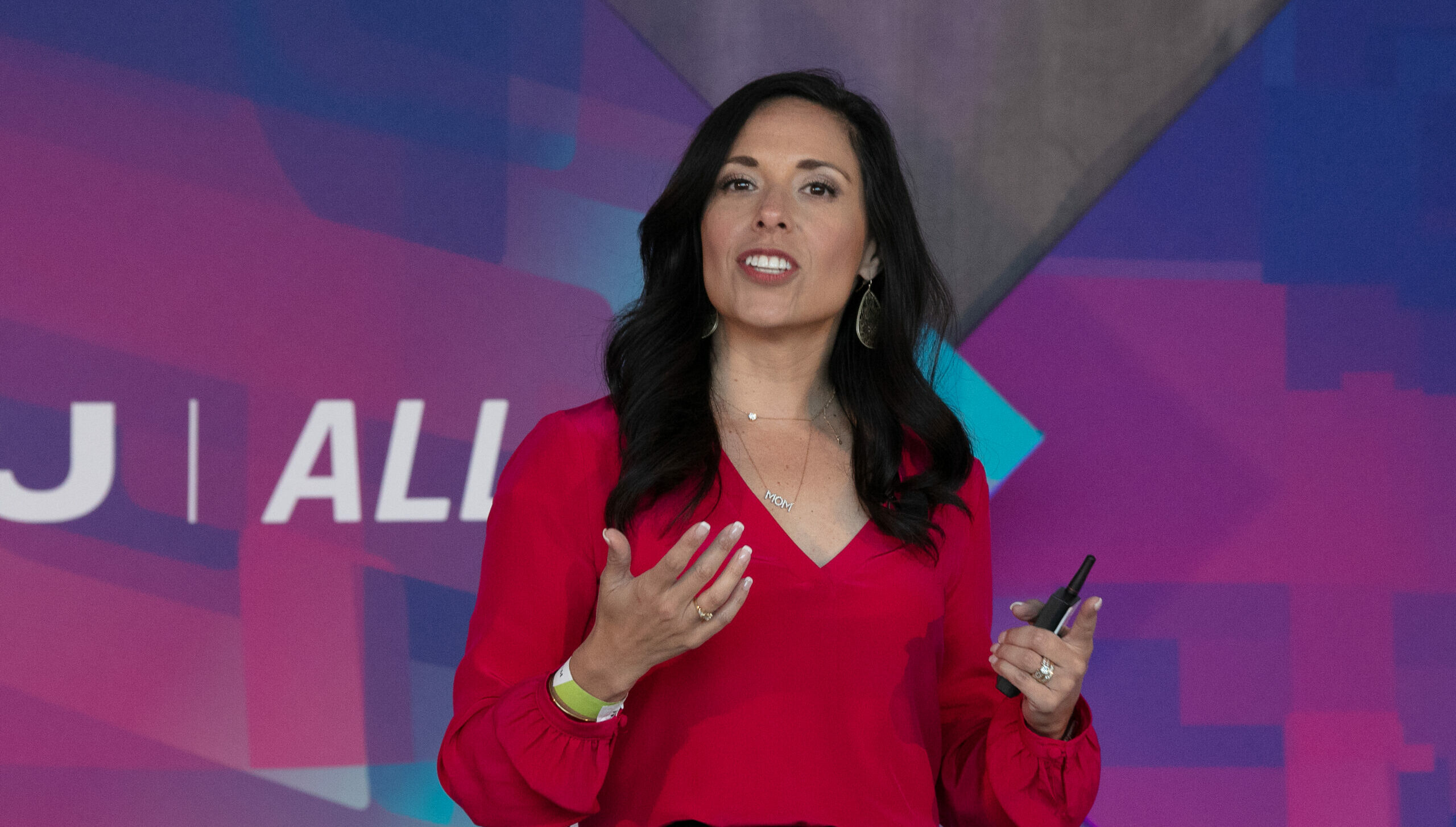
Conclusion
The Latino leadership gap in the sports industry underscores the urgent need for increased diversity and inclusion. As the Latino population continues to grow, it becomes essential to provide equal opportunities and representation within sports organizations. By bridging this gap, not only can the industry benefit from a broader range of perspectives, but it can also empower Latinos to shape and lead the future of sports, thus fostering a more inclusive and representative landscape.
The legacy of individuals like Roberto Clemente is a reminder of the transformative power of sports in breaking barriers and advocating for change.
Further Reading
‘The demographics are undeniable.’ Latinos are the future of US sports, industry leaders say

